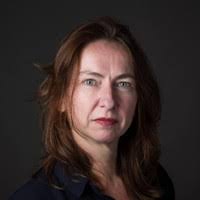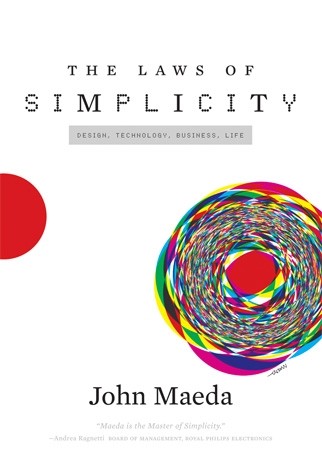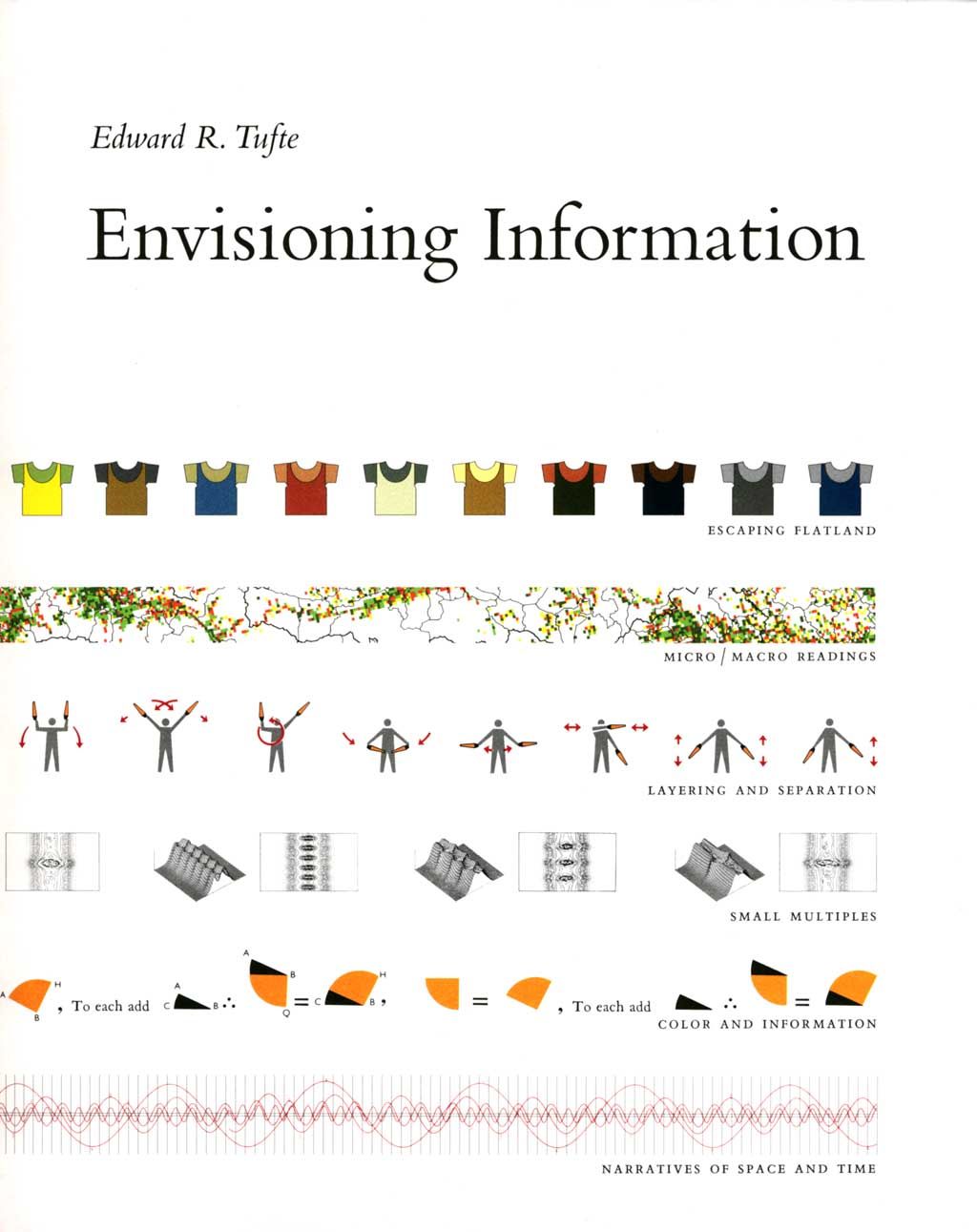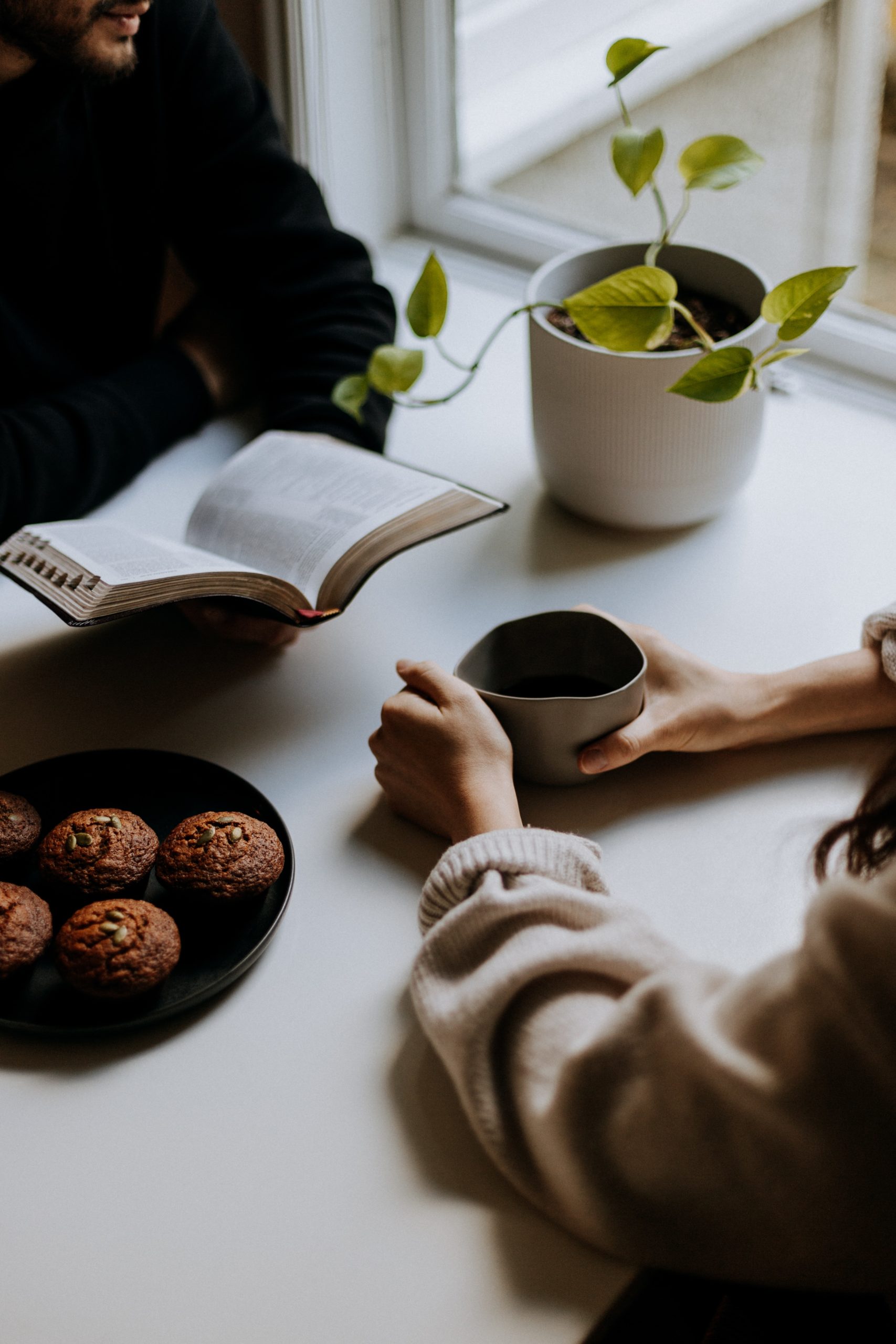What is an artist’s intuition? How would you apply intuition when sharing an idea with your audience? These are as much philosophical questions as they are questions that more scientists should entertain when approaching science communication.
To learn more about an artist’s intuition, I approached Hannie van den Bergh, Creative Director at the Amsterdam-based Studio HB, with questions about art and science.
Hannie van den Bergh
Creative Director at Studio HB
TLDR: Approaching art as a means of communicating for science is very limiting. Artists can apply their intuition for storytelling, emotion and human connection to help scientists see their science in a new light and explore questions they hadn’t thought to ask before. Whether you are a scientist wanting to collaborate with an artist, or an artist wanting to work with a scientist, start by having conversations, exploring interpretations and meaning of data, asking new questions about the science and its relevance for people, and building a relationship.
Science is notoriously stuffed full with information. Grappling with information is the burden a scientist must bear in order to advance human knowledge.
Scientists have an information-centric approach to life, so it’s no surprise that it’s often an excess of information that plagues science communication. The artistic concept of intuitive understanding is often foreign to the scientific mind.
But I have started to think about science communication in a more artistic light. While doing the background reading for this month’s Lifeology SciArt Reading Club, during which we read a journal article from Science Communicators Fabiola Cristina Rodríguez Estrada & Lloyd Spencer Davis, I came across this idea:
“Visual elements that work for science communication can be constructed by employing theoretical and empirical frameworks from the discipline of design studies.”
But even beyond theories and frameworks, I’ve been hoping to explore more about how artists work with intuition. So today, I’m interviewing Hannie van den Bergh about just that!
What do you feel artistic intuition to be?
Hannie: I see my intuition as my “gut feeling”. Something that’s physical in my body as a feeling or observation. The artistic act is that you have to translate and develop this gut feeling into a creative mindset.
The creative mindset is not something exclusive to the domain of the arts. A chef may also have an intuition for a specific recipe. This applies to almost all professions. The point is to get yourself into this creative mindset. This sounds simple, but you have to constantly challenge yourself to be flexible, to question your own assumptions, to look at it from a different angle. This is not sexy at all, but time consuming. It requires concentration and study.
How do you use intuition as an artist?
Hannie: The “gut feeling” is very important to me. I use it as a compass. When I get intrigued by a topic, usually a topic I don’t know anything about, I start doing research on it. Most scientific topics are in a way hidden from us; because of the place (like my documentary about CERN), because it is hard to understand (like nanoscale quantum behaviour) or simply because we can’t see it (like my new documentary about the neutrino research in Japan).
Finding a human connection to these kind of topics is important, and staying close to your “gut feeling” as a human is essential.
Does this “gut feeling” apply for all science communication?
Hannie: Actually, I don’t describe my work as science communication.
Usually, science communication starts with the assumption that the communicator has to teach or explain something difficult. But I think we especially underestimate the public. In my work, I want to create a “free haven” where the artist, the scientist and the public can use their imagination to enter this world full of curiosity, failures and new ideas.
Regarding science, intuition and communication, I would like to quote a scientist I met at a conference in Catania, Italy, who tried to explain the intuition of mathematicians to the ‘beauty of an equation’:
“If we hadn’t had our ears to listen, it would have been impossible for us humans to translate the musical notes into beautiful sound. Unfortunately we don’t have this ‘ear’ for math.”
Artists and designers can “translate” research into tangible things we want to listen to, want to see and experience.
What advice would you give artists starting to engage in science communication?
Hannie: First of all, I would never use concepts like convergence or confluence of science & arts. I have been working with scientists and scientific research as a source of inspiration for more than twenty years. I discovered that this collaboration works best when there is respect for each other’s expertise, a mutual inspiration, and a mutual curiosity. Building and maintaining this common ground is the foundation from which communication activities can emerge.
Two [pieces of] advice I want to give:
♦ Search for research topics and scientists who intrigue you. Contact the scientists and do research on the topics. Build a relationship with them and take small steps toward collaboration; you both need to work on a common language.
♦ Find the emotion and / or narrative in the scientific research. As an artist, you are used to telling a story and evoking emotion. Use these skills to “translate” the research into something tangible that people can relate to.
What do you think are some important resources for SciArt?
Hannie: I recommend two books that I reread time and time again. First, The Laws of Simplicity by John Maeda (2006). Trained as a designer / artist, he continued his career in the academic field, without losing his intuition for human connectivity.
Second, Envisioning Information by Edward R. Tufte (1990). He shows how different types of visual information – over the centuries – can be a source of inspiration and learning.
Take-home Messages
After reflecting on theses answer, I found this interaction with Hannie to be both intriguing and a welcome challenge to some of my thinking around science communication.
Some of the most important take-home points that I learned from this conversation:
1. The terminology of science communication itself has biases engrained within it from the Deficit Model era – ideas around one-way communication or explanation of scientific ideas from those who “know” to those who “don’t know”, without involving the audience. There is a need for science communication that engages people in the scientific process and the curiosity, inspiration & wonder that surrounds it!
2. That my idea of the convergence of science and art needs to be re-defined, It is true that science communication would benefit from the integration of both science and art, but the most effective way of bringing scientists and artists together is appreciating the expertise that each brings to the table and building a relationship based on this appreciation. Working together means building off of each other’s skills and expertise, and allowing each other to ask questions and both influence the final product. Just being in the same room, or adding art on top of finished science, or putting art to the task of communicating for science, is not enough. Art can change how we see science, and even what scientific questions we ask.
3. Artistic representation has the incredible capacity to present scientific topics that would otherwise be hidden from us, either by location, size, or complexity.
Hannie VAN DEN BERGH is an experienced designer with an interest in the role of visual design in science communication. Hannie graduated as a visual artist at the Gerrit Rietveld Academy, Amsterdam. After her graduation, she developed graphic design skills and founded Studio HB, a studio for visual communication. In 2010 she attended the seminar ‘Information Visualization’ at the University of Amsterdam; a component of the masters course ‘Masters in New Media’.
Hannie directed the documentary Higgs, about the search for the Higgs boson at CERN, together with Jan van den Berg. She is also co-creator of a series of Art & Science projects by ‘Theater Adhoc’ in the Netherlands about the imagination of current scientific research topics; co-funded by the Dutch Ministry of Education, Culture and Science. The projects are performed in leading theaters in the Netherlands and abroad. Studio HB is a partner in various European projects to involve citizens in new (nano) technologies (NanoDiode, SeeingNano, GoNano).
Studio HB uses methods such as storytelling, data visualisation, co-creation, design thinking, and interactive design.
Reference:
Rodríguez Estrada FC, Davis LS. Improving Visual Communication of Science Through the Incorporation of Graphic Design Theories and Practices Into Science Communication. Sci Commun. 2015;37(1):140–8.







